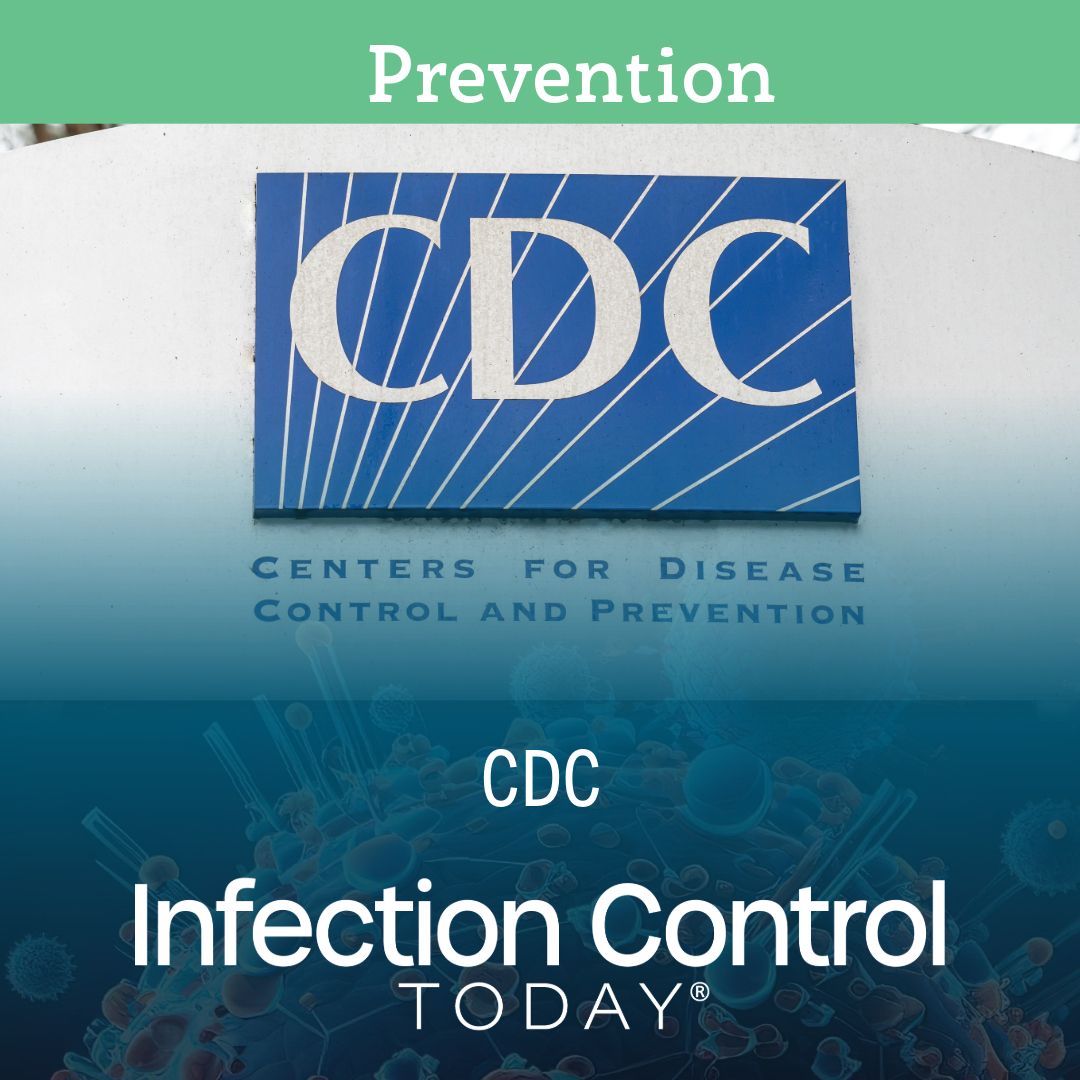CDC Issues H5N1 Health Advisory: Infection Preventionists Urged to Strengthen Avian Influenza Surveillance and Response
Read about the CDC’s Health Advisory. The advisory emphasizes the significance of early detection, infection control measures, and interdisciplinary collaboration to reduce risks, guarantee timely treatment, and prevent further spread.
CDC
(Adobe Stock 505195187 by JHVEPhoto)

The CDC has issued a Health Alert Network (HAN) Health Advisory urging infection preventionists (IPs) and clinical laboratories to expedite influenza A subtyping, especially in hospitalized patients. This advisory follows sporadic human infections with avian influenza A(H5N1) viruses in the US, which occur amid high seasonal influenza activity. Early identification, quick implementation of infection control measures, and cross-disciplinary collaboration are crucial for mitigating risks, protecting health care workers, and preventing complications transmission.
“CDC is recommending a shortened timeline for subtyping all influenza A specimens among hospitalized patients and increasing efforts at clinical laboratories to identify non-seasonal influenza,” the announcement stated. “Clinicians and laboratorians are reminded to test for influenza in patients with suspected influenza and, going forward, to now expedite the subtyping of influenza A-positive specimens from hospitalized patients, particularly those in an intensive care unit (ICU).”
Avian Influenza A(H5N1): A Growing Concern for Infection Preventionists
The current panzootic of highly pathogenic avian influenza A(H5N1) viruses has affected wild birds, poultry, dairy cows, and other animals. Since 2022, 67 human cases of avian influenza A(H5) virus infection have been identified in the US, 66 of which occurred in 2024. While most cases were mild, one fatality was reported. Many human infections have been linked to unprotected workplace exposure to infected animals, underscoring the importance of personal protective equipment (PPE) and infection control measures in both health care and agriculture settings.
The Role of IPs in Early Detection and Response
The CDC now recommends accelerated subtyping of all influenza A-positive specimens from hospitalized patients, particularly those in intensive care units (ICUs). This agrees with what other associations, like BlueDot Global have already encouraged. This proactive approach is critical in ensuring:
- Early identification of avian influenza A(H5N1) cases
- Timely infection control interventions
- Efficient public health responses
Since most clinical influenza tests do not distinguish between seasonal influenza A and avian influenza A(H5N1), IPs should collaborate with laboratories to ensure that all hospitalized influenza A-positive patients undergo rapid subtyping.
Key Recommendations for IPs and Health Care Teams
1. Strengthen Surveillance for Avian Influenza A(H5N1)
- Ensure all influenza A-positive respiratory specimens from hospitalized patients are subtyped within 24 hours of admission.
- Pay special attention to ICU patients and those with severe respiratory symptoms.
- Coordinate with hospital laboratories, commercial labs, and public health agencies to prioritize subtyping efforts.
2. Reinforce Infection Control Measures in Health Care Settings
For suspected, probable, or confirmed cases of avian influenza A(H5N1), infection preventionists must implement:
- Airborne infection isolation precautions: Place patients in negative pressure isolation rooms when possible.
- Standard, contact, and airborne precautions: Require N95 respirators (or higher), gloves, gowns, and eye protection for all patient interactions.
- Enhanced environmental cleaning: Focus on high-touch surfaces and use EPA-registered disinfectants that are effective against influenza viruses.
- Strict hand hygiene enforcement: After patient contact, ensure adherence with alcohol-based hand rubs (ABHR) or soap and water.
3. Train Health Care Staff on High-Risk Exposures and PPE Use
- Educate frontline health care workers on the importance of PPE adherence when caring for suspected cases.
- Train staff to recognize nontraditional exposure risks, including handling animal products (raw dairy, poultry, meat-based pet food, etc.).
- Emphasize the importance of early detection and immediate reporting to infection control teams.
4. Expedite Testing and Treatment Protocols
- Ensure rapid antiviral treatment (oseltamivir) initiation for suspected or confirmed avian influenza A(H5N1) cases without waiting for test results.
- Work with clinicians and pharmacy teams to consider combination antiviral therapy when appropriate.
- Coordinate with laboratories to prioritize specimen transport to commercial or public health labs for additional testing.
5. Communicate and Collaborate with Public Health Authorities
- Report suspected avian influenza A(H5N1) cases immediately to local and state health departments.
- Engage in regular updates with laboratory and public health partners to stay informed on testing recommendations and evolving threats.
- Encourage early case investigation and contact tracing efforts in collaboration with public health teams.
Implications for Infection Prevention and Control
Although the current risk to the general public remains low, the rapid spread of avian influenza A(H5N1) among animals and sporadic human infections warrant heightened vigilance. IPs and other infection prevention and control (IPC) personnel are critical in protecting patients and health care workers by ensuring early detection, infection control adherence, and collaboration with public health authorities.
Health care settings must prioritize subtyping efforts, strengthen airborne precautions, and educate staff about emerging influenza threats. IPC teams must be ready for potential escalation, particularly as influenza season coincides with the ongoing spread of avian influenza A(H5N1).
Final Takeaways for IPs and IPC Personnel
✔ Ensure all hospitalized influenza A-positive cases undergo subtyping within 24 hours.
✔ Reinforce strict infection control precautions in suspected avian influenza cases.
✔ Educate staff on potential high-risk exposures (e.g., poultry, dairy cattle, wild birds).
✔ Promptly initiate antiviral treatment and coordinate with clinicians on combination therapies.
✔ Maintain close communication with public health authorities to support timely case investigation and infection control efforts.
As IPs and IPC personnel, your expertise is crucial in mitigating the risks of emerging influenza threats. By implementing proactive testing, timely interventions, and rigorous infection control strategies, health care facilities can help reduce transmission risks and protect both patients and staff.